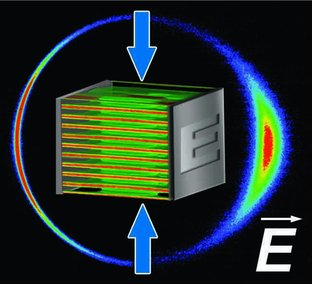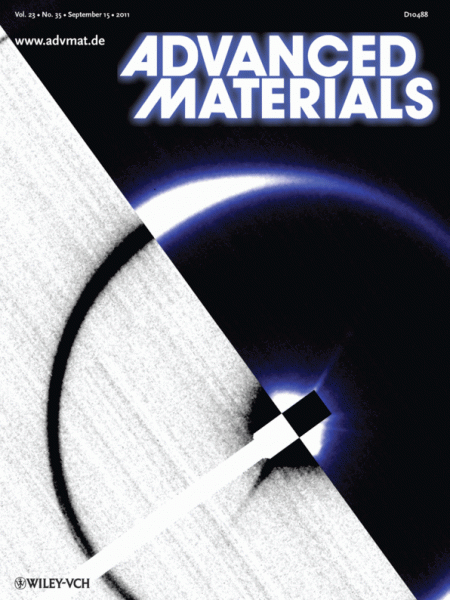Sep
27
Piezoelectric Power Grows Ten Times
September 27, 2011 | Leave a Comment
The Oak Ridge National Laboratory (ORNL) has discovered a new material that has 10 times the piezoelectric effect of crystals and ceramics making it suitable for perhaps hundreds of everyday uses. A 10-fold increase is going to have impact.
ORNL’s Volker Urban and colleagues at Technical University Aachen in Germany noticed the reverse piezoelectric effect — defined as creating a mechanical strain by applying an electrical voltage — while conducting fundamental research on polymers. At first they didn’t think about their observations in terms of classic piezoelectric materials, but then they became more curious.
Urban, a member of the Department of Energy lab’s Neutron Scattering Science Division said, “We thought about comparing the effects that we observed to more ‘classic’ piezoelectric materials and were surprised by how large the effects were by comparison. We observed this effect when two different polymer molecules like polystyrene and rubber are coupled as two blocks in a di-block copolymer.”
This research shows up to 10 times the measured electro-active response as compared to the strongest known piezoelectric materials, typically crystals and ceramics. Scientists have been thinking that non-polar polymers were not capable of exhibiting any piezoelectric effect, which has been occurring only in non-conductive materials.
Temperature-dependent studies of the molecular structure revealed an intricate balance of the repulsion between the unlike blocks and an elastic restoring force found in rubber. The electric field adds a third force that can shift the intricate balance, leading to the piezoelectric effect.
Urban lists a number of examples for use including sensors, actuators, energy storage devices, power sources and biomedical devices, “The extraordinarily large response could revolutionize the field of electro-active devices,” and also noted that additional potential uses are likely as word of this discovery gets out and additional research is performed. “Ultimately, we’re not sure where this finding will take us, but at the very least it provides a fundamentally new perspective in polymer science,” he said.
This is significant research and a new ground breaking result. The paper has been published as the cover article in Advanced Materials. This is a paper that might be worth the outrageous price journals demand.
Working with Urban, the other authors are Markus Ruppel and Jimmy Mays of ORNL and Kristin Schmidt of the University of California at Santa Barbara. Authors from Aachen University are Christian Pester, Heiko Schoberth, Clemens Liedel, Patrick van Rijn, Kerstin Schindler, Stephanie Hiltl, Thomas Czubak and Alexander Böker.
So far piezoelectric has been considered a very small generator with uses where very low power or charging would employ the technology. The costs for a full working kit haven’t been competitive. That may all be changed now. A ten-fold increase – the first step in the new discovery bodes well for applications where the power demands are more substantial.



